
Definition
Ingrown Toenail: The edge of a toenail that grows down into the toe’s skin, causing pain, redness, and swelling near the nail.
General Info
Ingrown toenails, though not a life-threatening health problem, can cause significant pain or discomfort in the affected toe. In severe cases, the infection caused by an ingrown toenail may spread into the toe bones. Ingrown toenails can affect any of the toes, though the big toe is most vulnerable to this health problem (due to the forces placed on it by the toe boxes of conventional footwear).
Ingrown toenails are a common (though not normal) problem and affect millions of people every year. Certain factors or habits may increase a person’s likelihood of developing this health problem, including:
- Poor eyesight
- Anatomical quirks
- Physical limitations
- Poor trimming habits
Poor vision and an inability to reach the toes easily—two factors common among elderly individuals—can lead to improper trimming of the nails and ingrown toenails. Some people possess thicker-than-usual nails, which is another factor that may increase the risk for ingrown toenails. And poor trimming habits, including picking or tearing the corners of the toenails, as well as stubbing the toe, may also contribute to this health problem.
Signs & Symptoms
Some of the most common signs and symptoms associated with ingrown toenails include:
- Redness around the involved area
- Swelling around the affected toenail
- Infection of the tissue surrounding the involved toenail
- Pain and tenderness along one or both sides of the nail
Possible Causes
Two of the most common causes of ingrown toenails are improperly fitting shoes and poorly trimmed or untrimmed toenails. Shoes that are too tight in the toe box are particularly problematic and hasten the development of ingrown toenails. Shoes with tapering toe boxes place a significant amount of pressure on the edges of the toenail, especially the big toe's toenail. A person has an increased risk of developing an ingrown toenail if he or she regularly participates in athletic activities using shoes that are even a little tight in the toe box.
Nails that are trimmed improperly are another possible cause of ingrown toenails. Toenails that are trimmed too short, especially on the sides of the big toes, may predispose a person to ingrown toenails. Trimming the nails to taper at the corners, so that the arc of the toenail parallels the shape of the toes’ ends, may lead to ingrown toenails. This trimming method may lead to ingrown toenails because the nail edges can curl down and dig into the skin.
Certain foot or toe deformities can also place stress on the toes and cause ingrown toenails.
Helpful Strategies
Conservative care strategies are often effective in treating or preventing ingrown toenails, though partial toenail removal by a podiatrist or other qualified healthcare professional may be required in some cases. Aggressive therapies, such as nail removal, may be required if a person develops extreme discomfort in the affected toe or notices pus or redness that appears to be spreading. Diabetics or individuals who have impaired lower extremity circulation should be vigilant in monitoring the health and condition of their toenails.
The most important conservative care technique in preventing ingrown toenails involves the use of appropriate footwear, especially footwear that possesses adequate room in the toe box. Choose men’s or women’s footwear that allows the toes to splay the way nature intended. Correct Toes is another indispensible foot health tool that’s extremely helpful in managing or preventing ingrown toenails. Correct Toes keeps the toes splayed well apart and helps reduce or eliminate the forces that may lead to ingrown toenails.

WANT TO IMPROVE YOUR FOOT HEALTH?
Let the team at Natural Footgear help you! Subscribe to our newsletter for the latest offers and helpful info, and sign up for our FREE email courses on various topics and foot health conditions.
Sign Up →
Want to Improve Your Foot Health?
We are here to help you every step of the way. Get our newsletter for the latest offers and helpful info, and sign up for our FREE email courses on various topics and conditions, including bunions, hammertoes, neuromas, plantar fasciosis, shin splints, ingrown toenails, and more.
Sign Up →
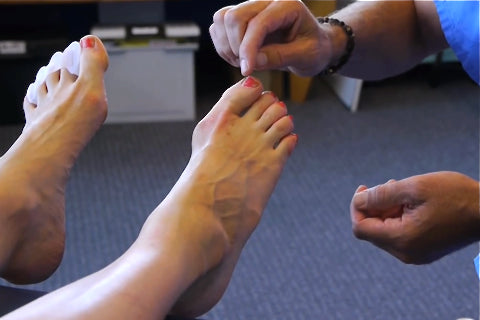 This video discusses ingrown toenails—a common (though not normal) toe problem that's often treated by surgically removing a portion of the affected nail. Dr. Ray McClanahan, a sports podiatrist at Northwest Foot and Ankle and the inventor of Correct Toes, explains why surgery usually is not necessary in treating ingrown toenails and how a natural approach (i.e., appropriate footwear, toe spacers, etc.) can treat and prevent this painful condition. Dr....
Read more
This video discusses ingrown toenails—a common (though not normal) toe problem that's often treated by surgically removing a portion of the affected nail. Dr. Ray McClanahan, a sports podiatrist at Northwest Foot and Ankle and the inventor of Correct Toes, explains why surgery usually is not necessary in treating ingrown toenails and how a natural approach (i.e., appropriate footwear, toe spacers, etc.) can treat and prevent this painful condition. Dr....
Read more



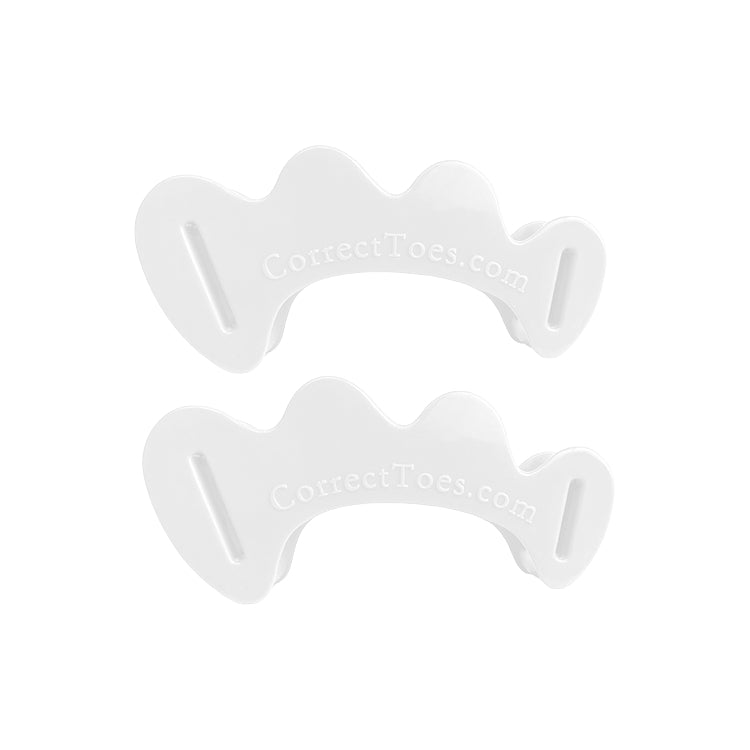
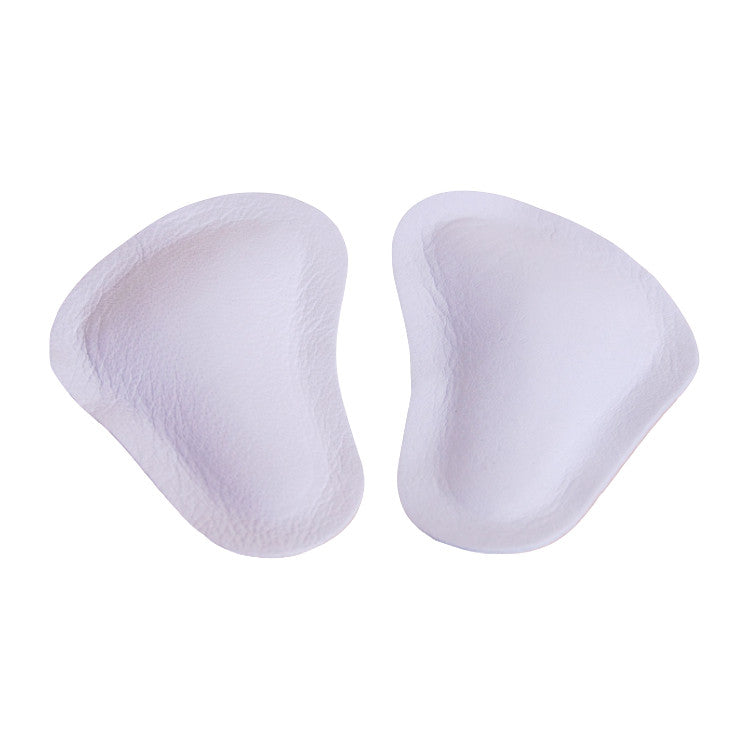
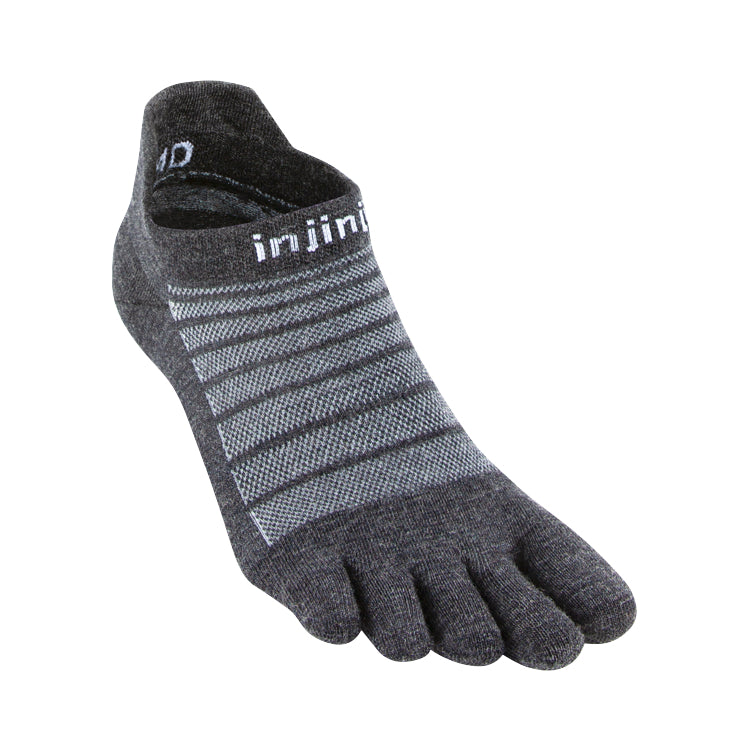
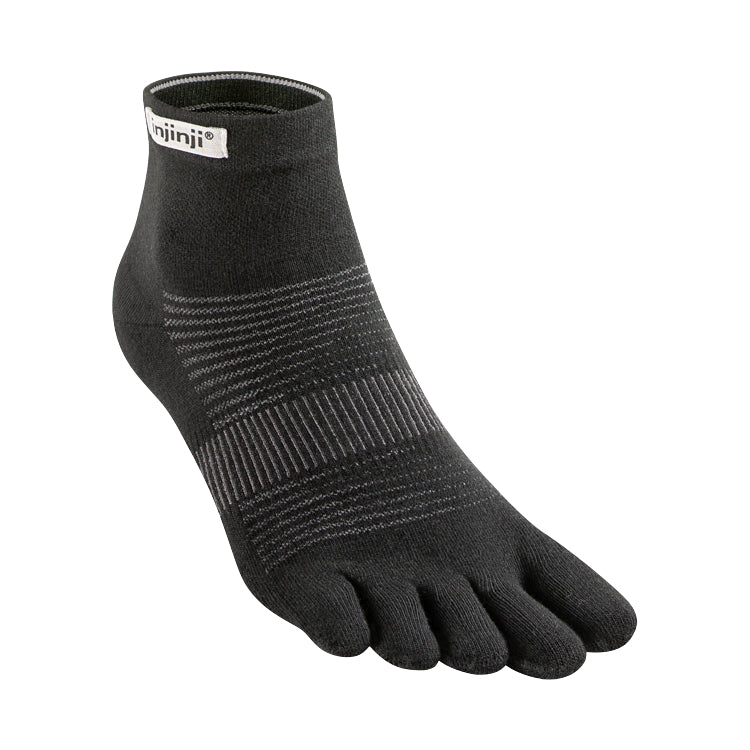
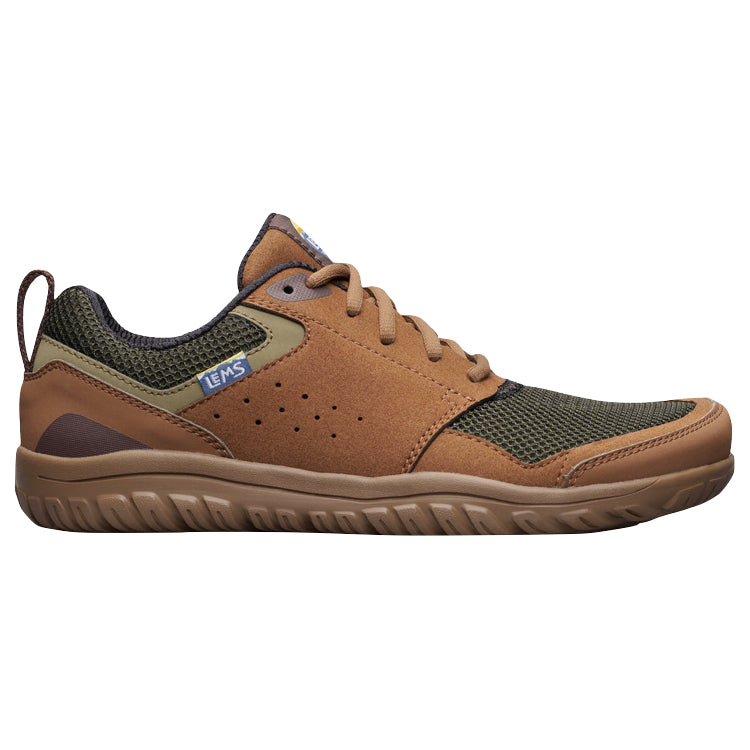
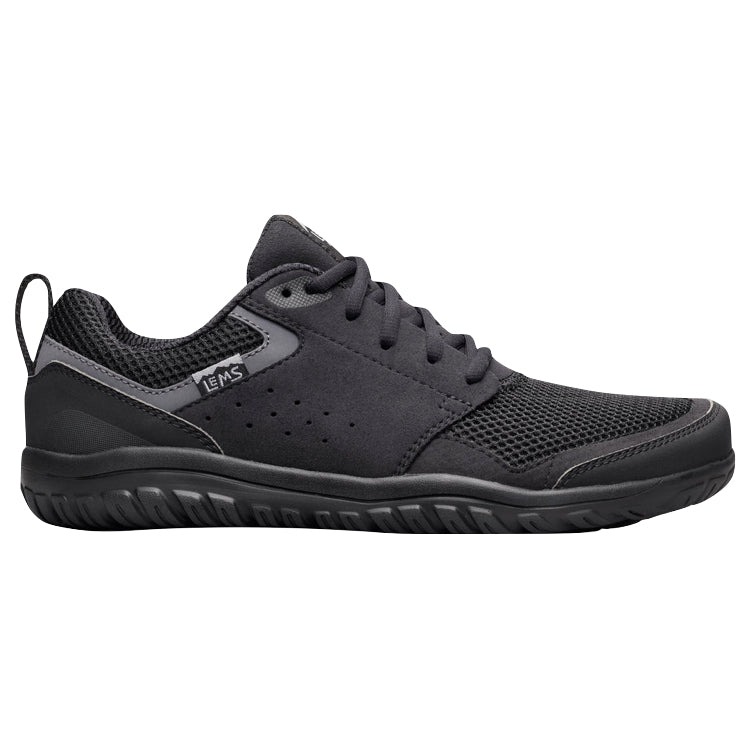
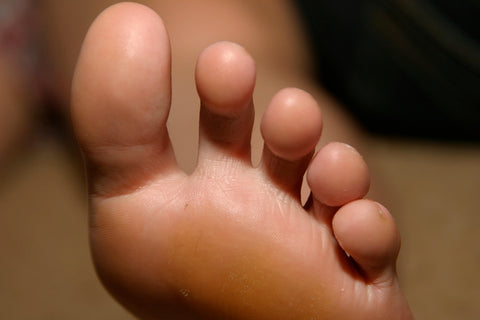
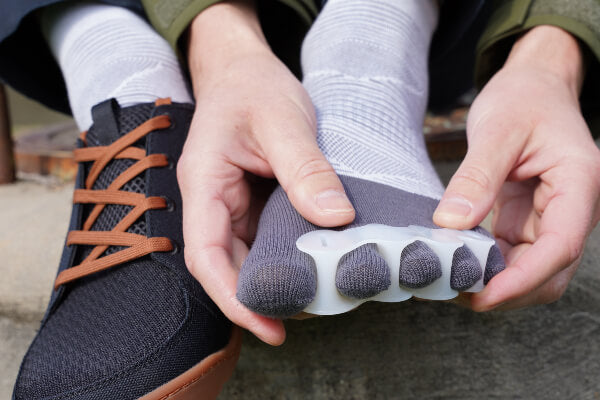
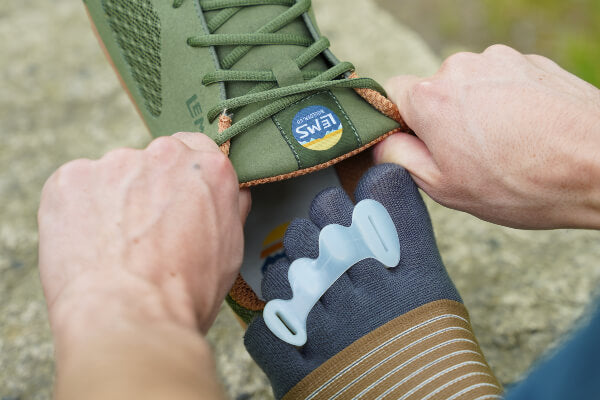
I could use some help with ingrown toenails!
Hi, Michael,
Thank you for your comment! In our experience, we’ve found that the two main causes of ingrown toenails are conventional footwear (with its narrow, tapering toe boxes) and untrimmed toenails. By switching to shoes that are wider at the ends of the toes and keeping the toenails trimmed on a regular basis, many people find that their painful symptoms begin to go away (and that the likelihood of recurrences is reduced).
We recommend checking out the following video for more info about conventional vs. natural approaches to ingrown toenails:
www.naturalfootgear.com/blogs/education/17888584-ingrown-toenails-conventional-vs-natural-approaches
If you have any questions moving forward, please just let us know!
Kind Regards,
Andrew Potter
Do you have any opinion about the use of CurveCorrect—plastic strips that are glued to the ingrown nails to gradually encourage them to grow straight? The company claims a 92 percent success rate.
Greetings, Michael,
Thank you for your comment and question. Regarding CurveCorrect for ingrown nails: These strips may indeed be a helpful, non-invasive option for some people. The idea of gently encouraging the nail to grow straighter over time can be effective, and the reported 92 percent success rate sounds promising. That said, it’s important to monitor how your nails respond and consult with a foot care specialist if you experience any discomfort or worsening. It could be worth trying if your ingrown nails aren’t too severe, but make sure to follow the instructions closely.
Kind regards,
Robyn Hughes, ND